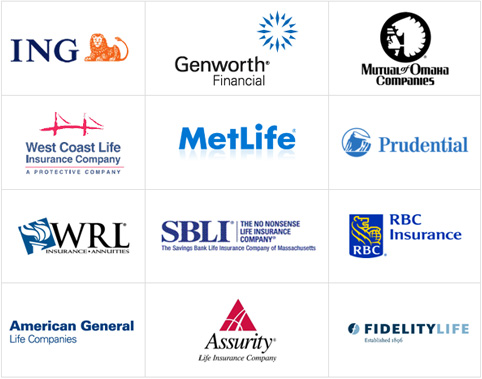Are Auto Insurance Rates Better for Older Vehicles?
Are Auto Insurance Rates Better for Older Vehicles?
 Should the age or value of my vehicle have any impact on what I pay for car insurance?
Should the age or value of my vehicle have any impact on what I pay for car insurance?
This question is asked quite often in the insurance world because a lot of people consider auto insurance as protection for their car! I guess it’s easy to see why, most commercials and advertisements emphasize damage done to vehicles (I’m currently thinking of the one where guy hits his car with a hammer). But, there is a lot more to auto insurance than what meets the eye, so let’s look at some reasons why insurance premiums are not as dependent on the value of your car as you may think.
For example, liability coverages are probably one the most important reasons to purchase car insurance. This is the part that comes in to save the day (or at least your assets) when you’re involved in an at fault auto accident. For example, say you get into a small fender bender, your liability coverages will pay the other party (if you’re at fault) for property damage done to their vehicle. This may add up to around $1000 to $5000, depending on the amount of damage. Not a huge loss for an insurance company but let’s say the person inside suffered a whiplash injury that resulted in hospital bills and even followup care. So what started out as a simple fender bender is now a $90,000 claim! What if someone died in the accident? Survivor benefits can be astronomically high, they could even enter the $1 million territory.
Now, it’s rare for something like that to happen but the insurance companies are aware the risk they take when insuring a driver, especially one with high limits of liability. In cases like these, it doesn’t matter if you were driving a new Lexus or an old Honda.
Other coverages, such as Underinsured and Uninsured Motorists, Medical Pay, etc are also not subject to the value of your car. The reason is because it makes no difference if people are injured in a 2012 Cadillac or 2008 Cadillac, the loss would be the same regardless.
Ok, if my rate is not dependent on how much my vehicle is worth, how can I get it lower?
Great question, if you’re not interested in doing some shopping, you could consider increasing your deductible. Going from $250 to $500 can put some extra money in your pocket. If you already have $500 deductibles, you could go to a $1000 but remember that you’re going to have to pay that before any claim can be processed. Also, if your vehicle is financed, there may be a requirement to keep the deductible below a certain point (typically $500).
If you own your vehicle outright, you could always consider self insuring it. Find out how much your vehicle is currently worth at today’s market value, and calculate how much additional premium it takes to insure it. So, if you pay $600 for six months with physical damage, and only $450 for liability, that comes to $300 a year to insure the car. Before making that decision, ask yourself: “Could I afford to replace this car if it gets stolen or in an accident?”. If the answer is no, you probably don’t want to remove physical damage coverage.
Other than increasing deductibles, it’s not a bad idea to look at getting a comparison quote. This is an insurance estimate that compares various companies and their rates to see which one offers the best value. Company A might quote $700 for six months while Company B offers a rate of $400 for six months. Change cars and you may see Company A offer a better deal, this why it’s good to ask a local independent agent for “what if” comparison quotes while shopping for new vehicles!
I hope this helps anyone who is looking to curtail their insurance premiums.





![Unlocking Real Estate Success [Company Name] Unlocking Real Estate Success [Company Name]](https://images.unsplash.com/photo-1583142499515-db3e66a57bdc?fm=jpg&q=60&w=3000&ixlib=rb-4.1.0&ixid=M3wxMjA3fDB8MHxzZWFyY2h8N3x8cmVhbCUyMGVzdGF0ZSUyMGludmVzdG1lbnQlMjBjb21wYW55fGVufDB8MHwwfHx8Mg%3D%3D)


